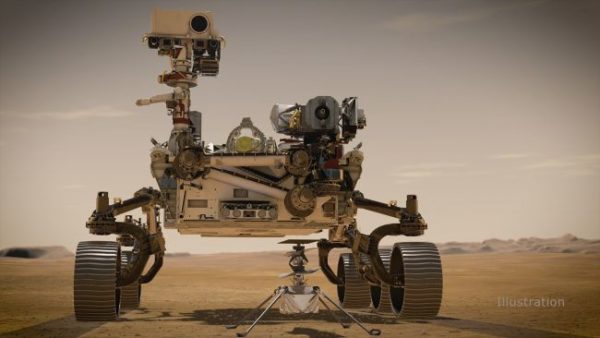
One of the most exciting aspects of successful landing of NASA’s Perseverance rover on Mars is the fact that the laboratory-on-wheels will start the first leg in a long-awaited sample-return mission.
Researchers have never gotten their hands on fresh pieces of the Red Planet, meaning that many key pieces of information — such as the age of features on the Martian surface — remain unknown. Perseverance aims to change that, with a plan to drill and capture up to 30 test-tube-size samples from the mudstone rocks in its landing site, known as Jezero crater.
A key challenge will be ensuring that these samples are the best ones possible, giving scientists the most informational bang for their buck. To find out more about how NASA’s engineers will do that, Live Science reached out to geochemist and Perseverance project scientist Ken Farley of the California Institute of Technology in Pasadena, California.
Images from orbiting spacecraft have already identified the 28-mile-wide (45 kilometers) Jezero crater as an ancient water-carved delta, where a river flowed into an ancient lake. Perseverance is scheduled to land in the delta’s basin, most likely near the base of some cliffs full of fine-grained sedimentary rocks, Farley said.


